The AI for Trade Global Challenge
As geopolitical and economic uncertainties reshape international commerce, accurate trade forecasts become crucial for businesses, policymakers, and researchers.
The AI for trade global challenge invites data scientists, economists, and AI experts to explore the use of machine learning and statistics to improve trade forecasting.
Goal
Teams will have to submit a forecast of the trade flows for the United States and China for the month of October of 2025. The forecast should provide trade values in dollars for the top 20 sources and destinations that trade at least 200 different products with the United States and China (at the HS4 product level). Teams must submit forecasts for exports and imports (see submission formatting details below)
Key Dates
Submissions are due on Oct 31, 2025 and will be evaluated as soon as fine-grained trade data for the US and China for the month of October becomes available (usually a couple of months after (e.g. during December)).
Eligibility
Open to global participants (academics, industry professionals, students, and independent researchers).
Teams of 1-5 members (individual submissions allowed).
Multidisciplinary teams encouraged (AI/ML, economics, trade policy, data science).
Each participant must belong to a single team.
All participants must be able to identify themselves as natural persons (no pseudonyms or “sock puppet” accounts).
Teams must register to get access to the training data provided by the OEC.
Nobody who was worked directly at the OEC or CCL is eligible to participate.
Open Source
Teams are not required to open source their code, but are encouraged to do so. Before the final submission deadline, teams must submit a two page description of their methods that would allow a person with reasonable technical skills to reproduce their forecast. Winning teams must present their results in an online event at the end of the challenge as a condition for claiming their prize.
Resources
The Observatory of Economic Complexity will make available trade data for the United States and China for all months of the years 2023 and 2024. Teams can use this data, and any additional data, to create and test their models.
Allowed Methods
Any forecasting method is allowed, general equilibrium models, regressions, neural networks, even tarot cards, etc. Any method is valid as long as it can be translated into a file like the one described in the submission guidelines.
Submission Guidelines
Teams must submit a plain text “.csv” file with their predictions by midnight Oct 31, 2025 (Central European Time). The file must adhere to the following format:
“Country1” , “Country2”, “ProductCode”, “TradeFlow”, “Value”With countries in ISO 3-letter codes, products in 4 digit HS codes, and trade flows in USD.
For example:
“USA”, “CHL”, “8404”, “Export”, “1234567”“USA”, “CHN”, “8405”, “Import”, “1234567”Together with their submission, teams must include a two-page description of their method. Method descriptions should go to the point, focusing on how the model was created and implemented (math is very much welcome). Ideally, a technical team should be able to reproduce the method using this document. The top three teams will be required to present their methodology in a short presentation during the award ceremony (to be held online).
Evaluation
Trade flow predictions for the US and China will be evaluated against data published respectively by these countries (US forecasts will be compared with US data and China forecasts with Chinese data).
The winning team will be the one with the best forecast according to sMAPE (symmetric mean absolute percentage error).
To be eligible for the prize, all forecasts must pass a minimum requirement of having a higher accuracy than a forecast based on simply using the latest raw trade data available at the time of submission (likely to be data for July or August 2025). For example, the forecast for October trade numbers must be better than simply using trade data for July (assumming that data is available).
Prizes
Besides the honor of calling your team a winner, you will receive:
First Prize:
3000 USD
Free OEC Premium accounts for 1 year for all team members.
Second Prize:
2000 USD
Free OEC Premium accounts for 1 year for all team members.
Third Prize:
1000 USD
Free OEC Premium accounts for 1 year for all team members.
Partners
The AI for Trade Global Challenge is organized by the Center for Collective Learning in Partnership with the following organizations:
🌎 The Observatory of Economic Complexity (Strategic Data Partner)
🌎 Trade Practice, The World Bank
🇪🇺 European Lighthouse of AI for Sustainability (ELIAS)
🇬🇧 The Supply Chain AI Lab at the University of Cambridge
🇬🇧 Complexity Economics Group Institute of New Economic Thinking (INET) Oxford University
🇬🇧 MIOIR, AMBS, University of Manchester
🇭🇺 Corvinus Institute of Advanced Studies (CIAS) at Corvinus University of Budapest
🇫🇷 Institute for Advanced Study in Toulouse (IAST) at the Toulouse School of Economics
🇪🇸 Fundación Cotec, Spain
🇺🇸 Global Opportunity Lab at UC Berkeley
Why is this challenge not in Kaggle?
We looked into that option and even wrote to their customer service team. But unfortunately, Kaggle does not support future out-of-sample challenges (it needs a solution file that is available the moment the challenge is announced). We believe that the future out-of-sample design of this challenge is important, as it helps ensure fairness in the process and sets a high bar for the models. That’s why we decided to run the challenge indepently.



